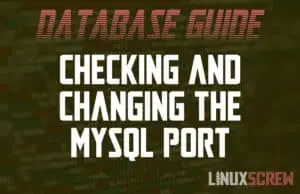Home » Programming » Databases
How to Run an SQL File in MySQL (or MariaDB) on Linux/Ubuntu
Here is an article outlining several methods for running SQL files in MySQL on Linux/Ubuntu. Whether you’re installing a package, following a tutorial, or restoring a backup – it’s useful to be able to execute an SQL script from a file and have it do all of the work for you, rather than having to type it all out. Most GUI database managers have a simple import option prominently displayed in the menu bar – so here’s how to do it from the command line … Read more

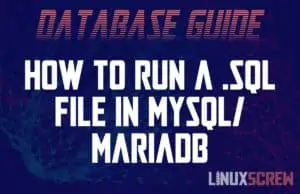
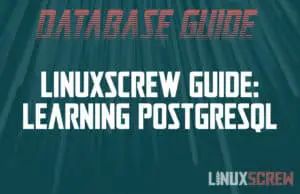
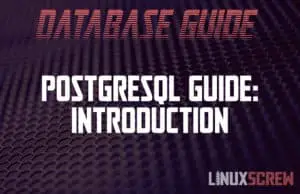
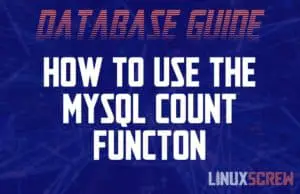
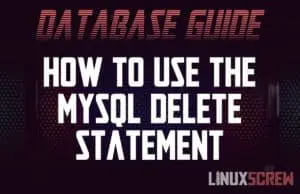
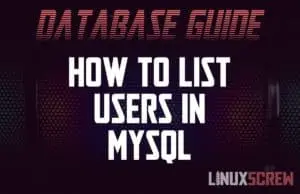
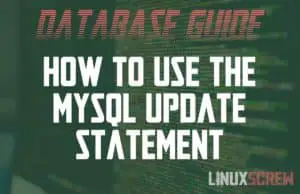
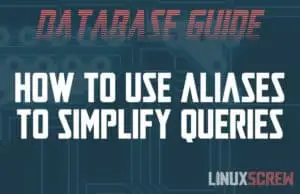
![Limit Column Values With The MySQL CHECK Constraint [Examples] 9 MySQL CHECK CONSTRAINT](https://cd.linuxscrew.com/wp-content/uploads/2021/08/mysql-check-constraint-feature-300x194.jpg)
